Industry
After the independence of the Spanish colonies throughout the 19th century and, finally, the loss of Cuba in 1898, the importation of some products such as sugar and tobacco was interrupted. As a result, their local production was boosted in the rural areas of Asturias.
Thus, from the 1960s onwards, the Dutch firm Mont-Tabac began to carry out the first studies on the viability of tobacco production in the Laneo meadow, in Salas.
As a result, different tobacco drying plants were built and operated until the end of the production in 1993. From the 1970s, in the same decade in which they came under the control of Tabacalera Española, they supplied the tobacco factory in Gijón. The main purpose of the tobacco was the manufacture of cigar wrappers.
This type of building, dedicated to the drying of tobacco leaves, was spread throughout the meadows of Salas and Belmonte. The Laneo building stands out: a very simple rectangular building, in which fair-faced brickwork is used as the building material, without much concern for the subsequent finish. On the outside, the side walls are lined with buttresses of the same material, but inside, these elements are made of reinforced concrete, whose thickness increases as it gets closer to the ground. The roof is made of wooden beams and covered with metal plates. It is longitudinally crossed by an elevated structure designed to allow natural light into the interior and, at the same time, to improve the ventilation and drying of the leaves.
After ceasing its original purpose in 1993, the facilities, which are in good condition, have been reused as a place for storing farming tools and machinery.
Rubén Domínguez Rodríguez

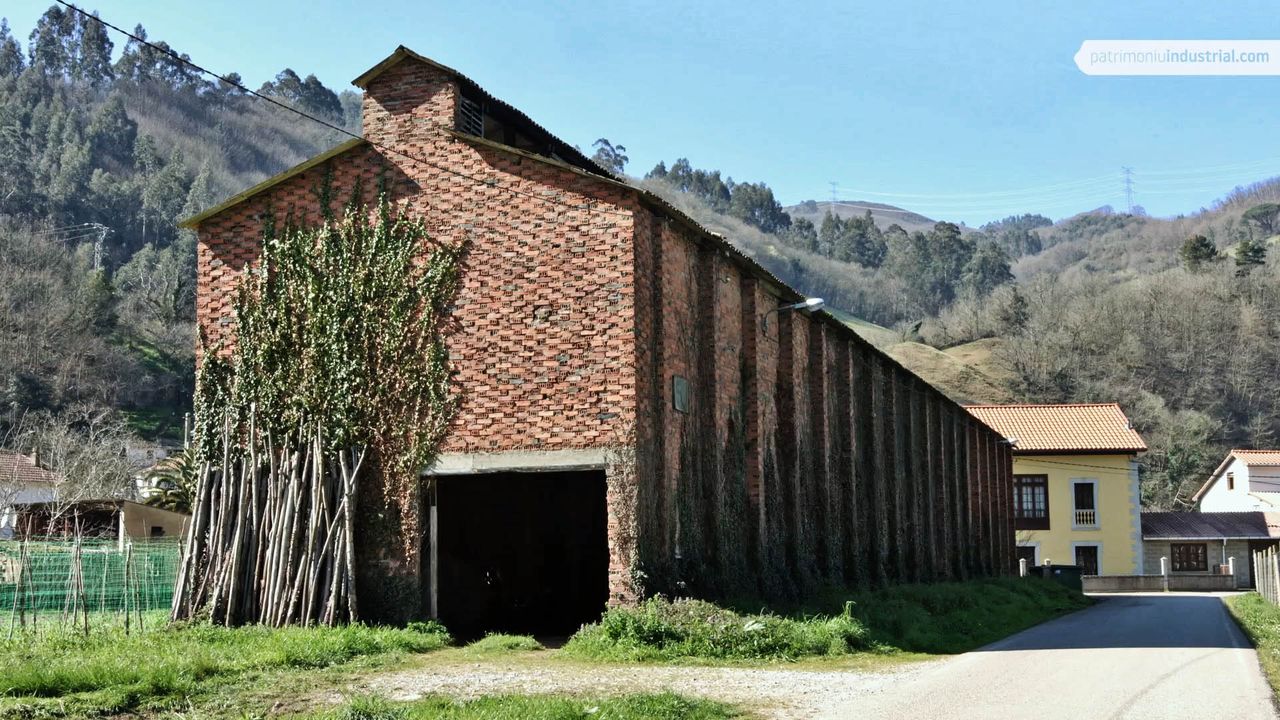
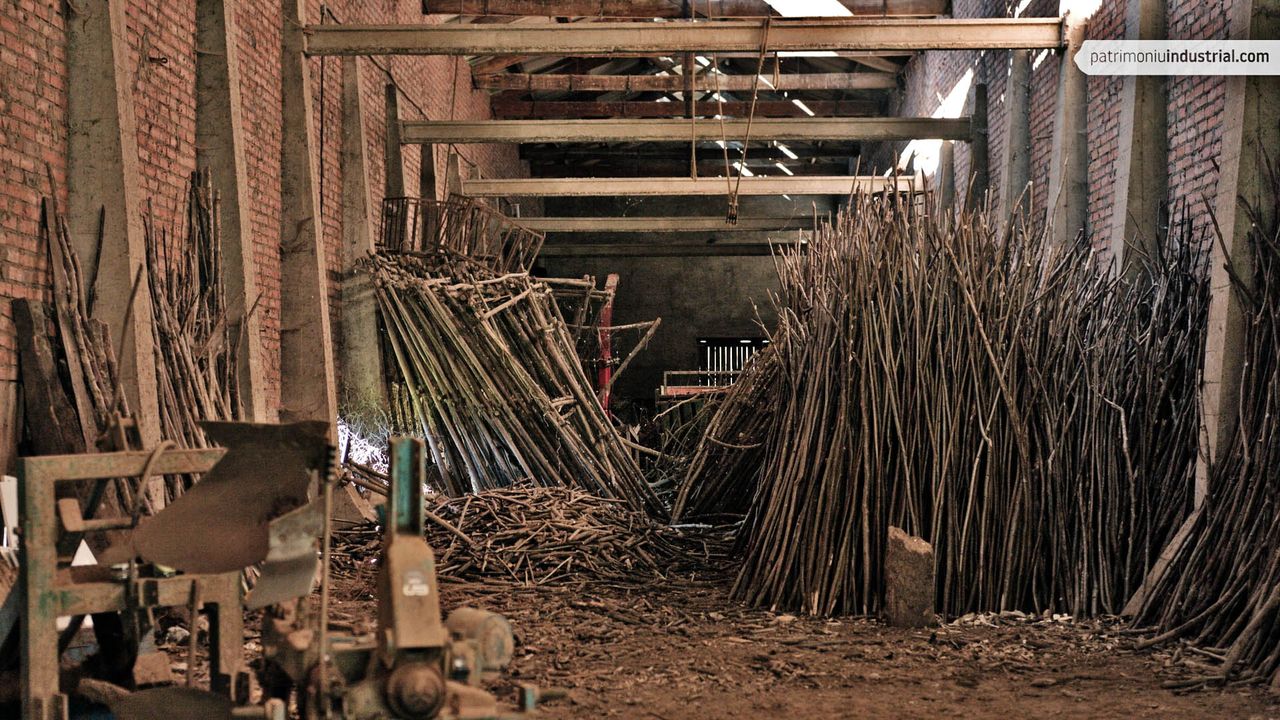
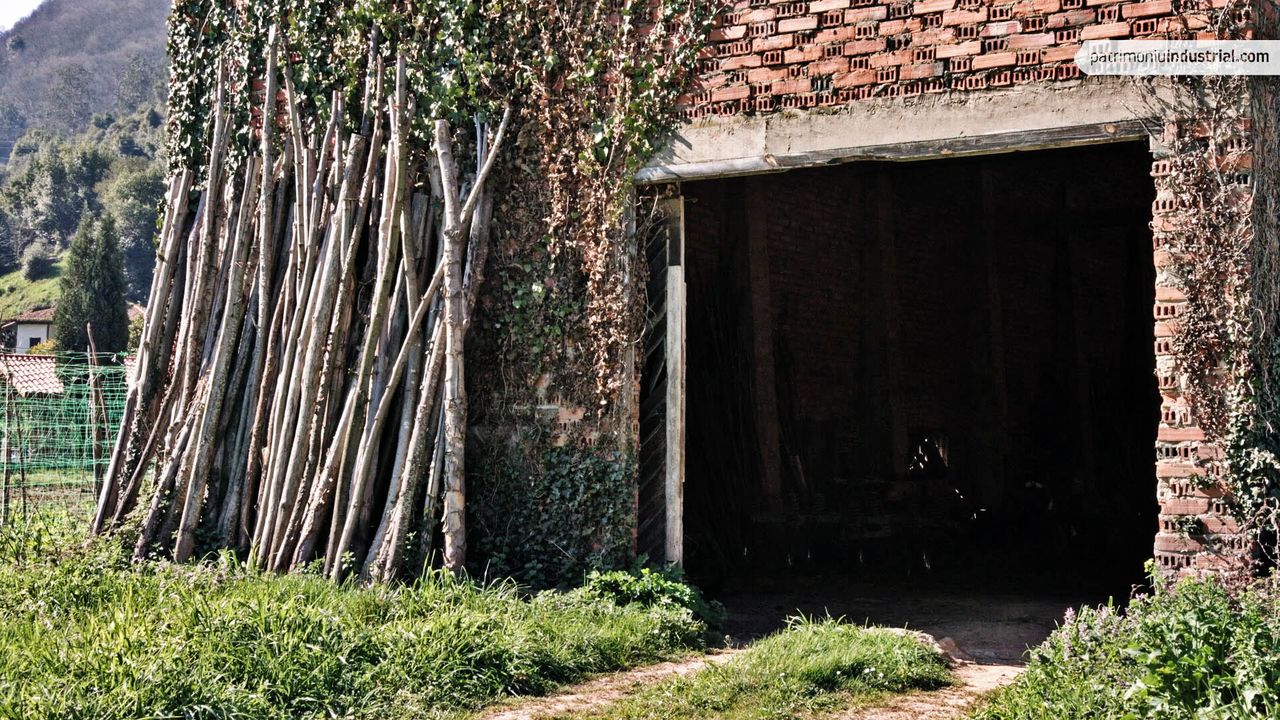
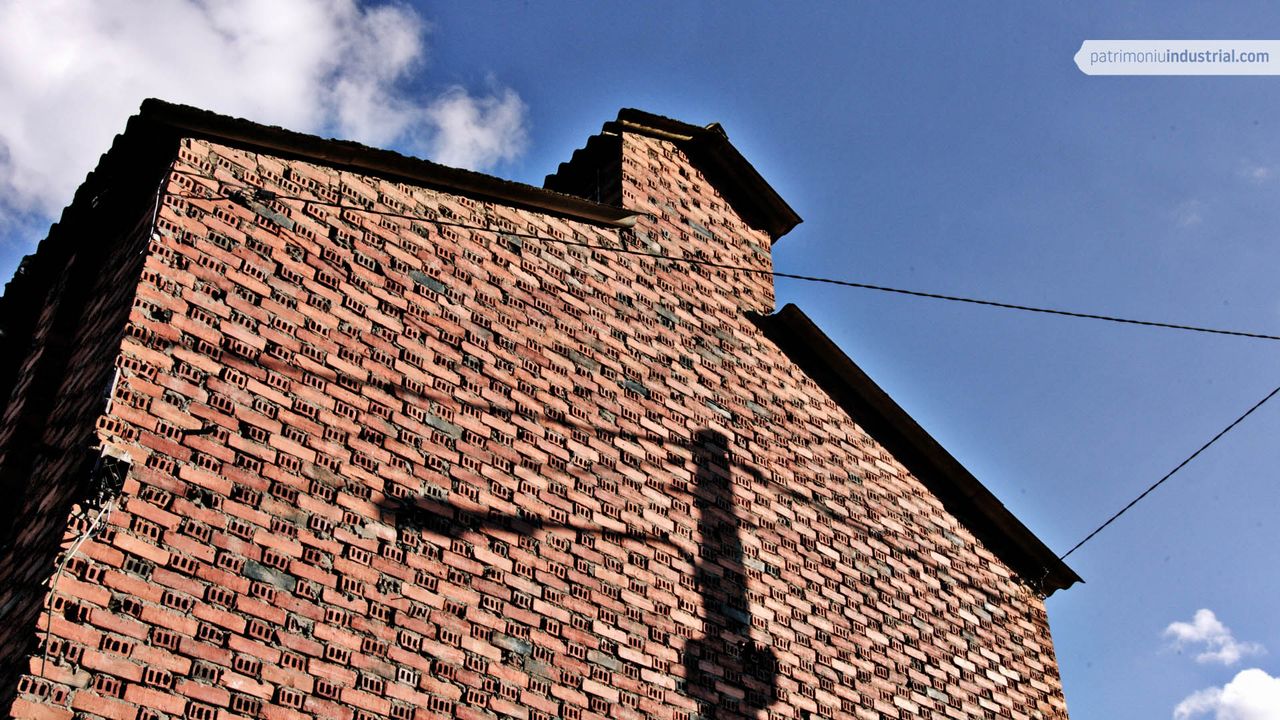
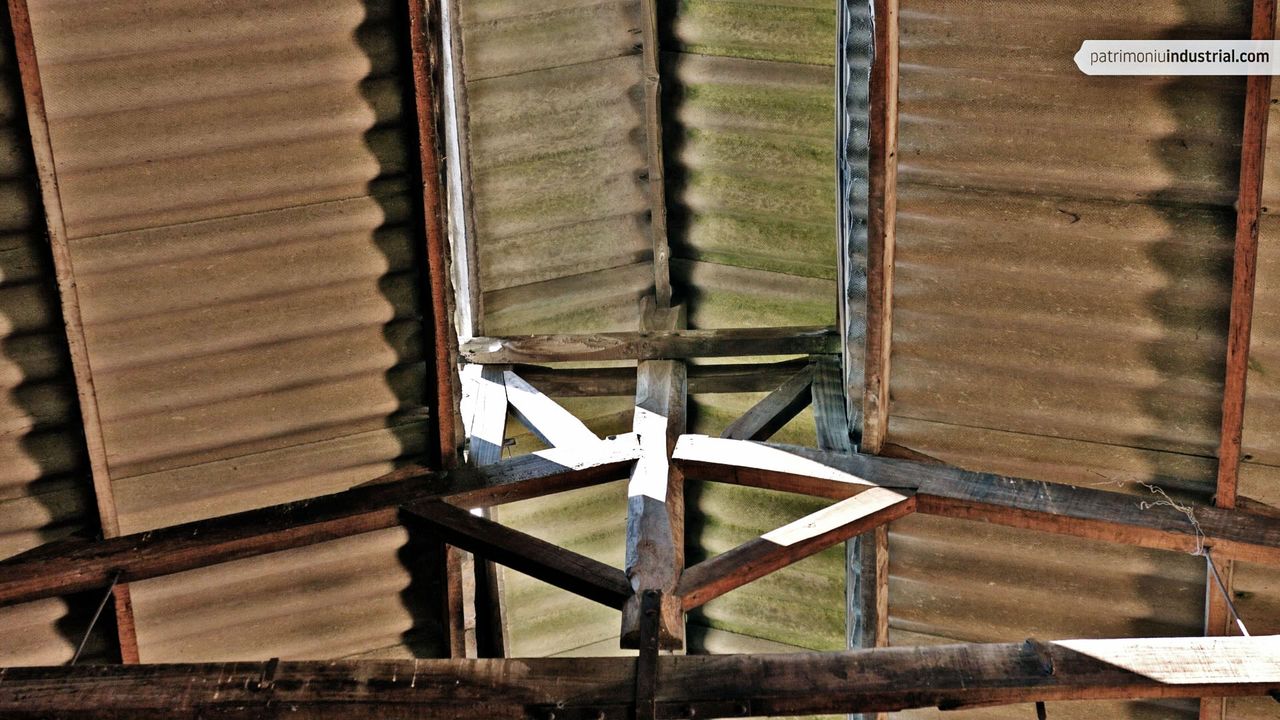
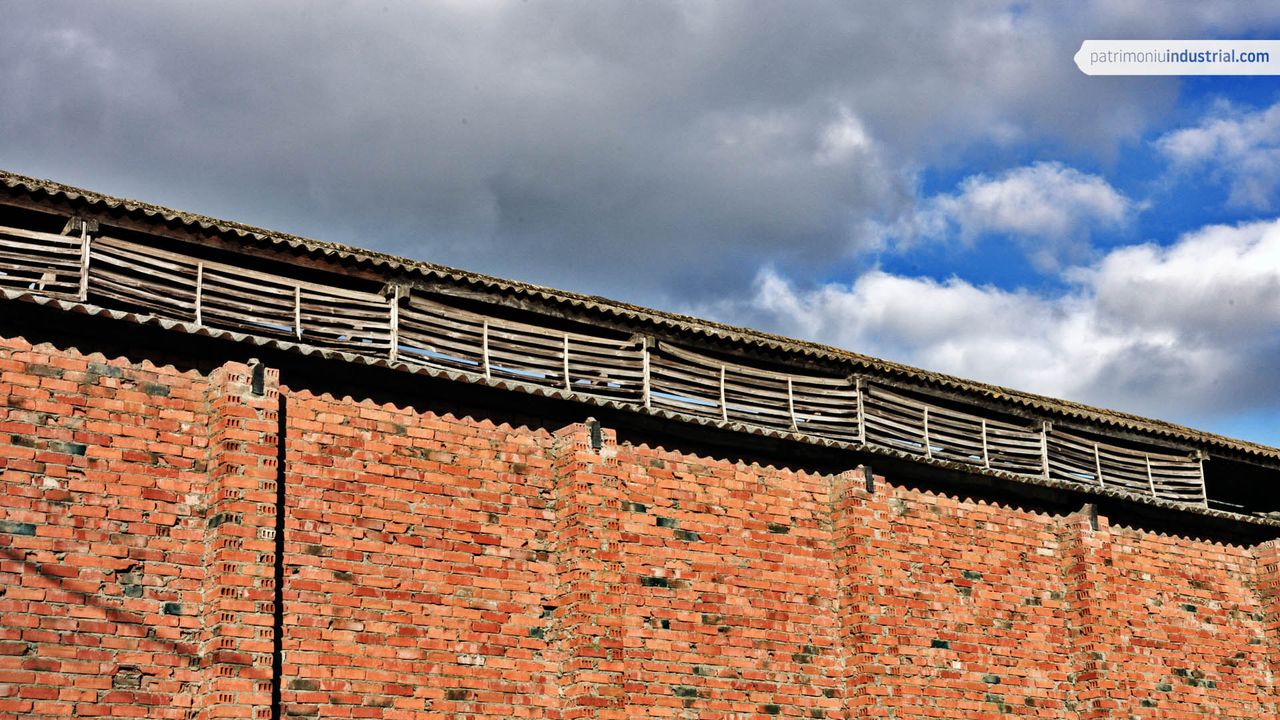
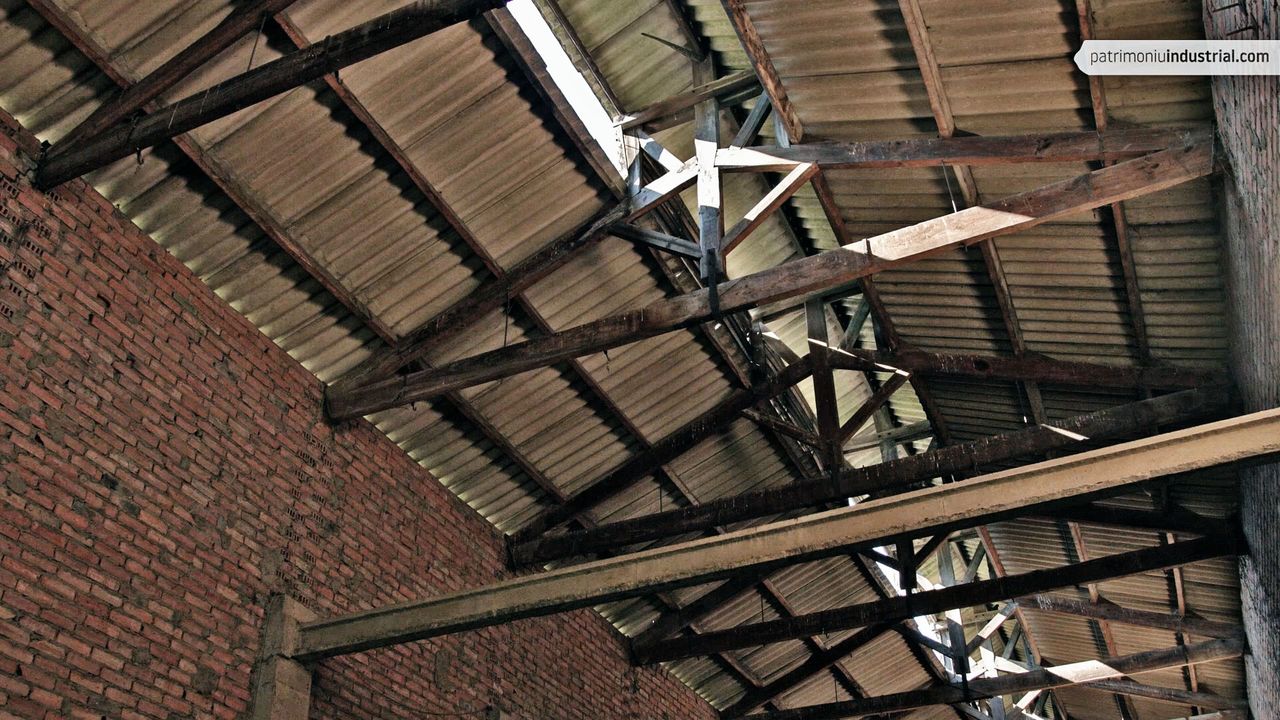
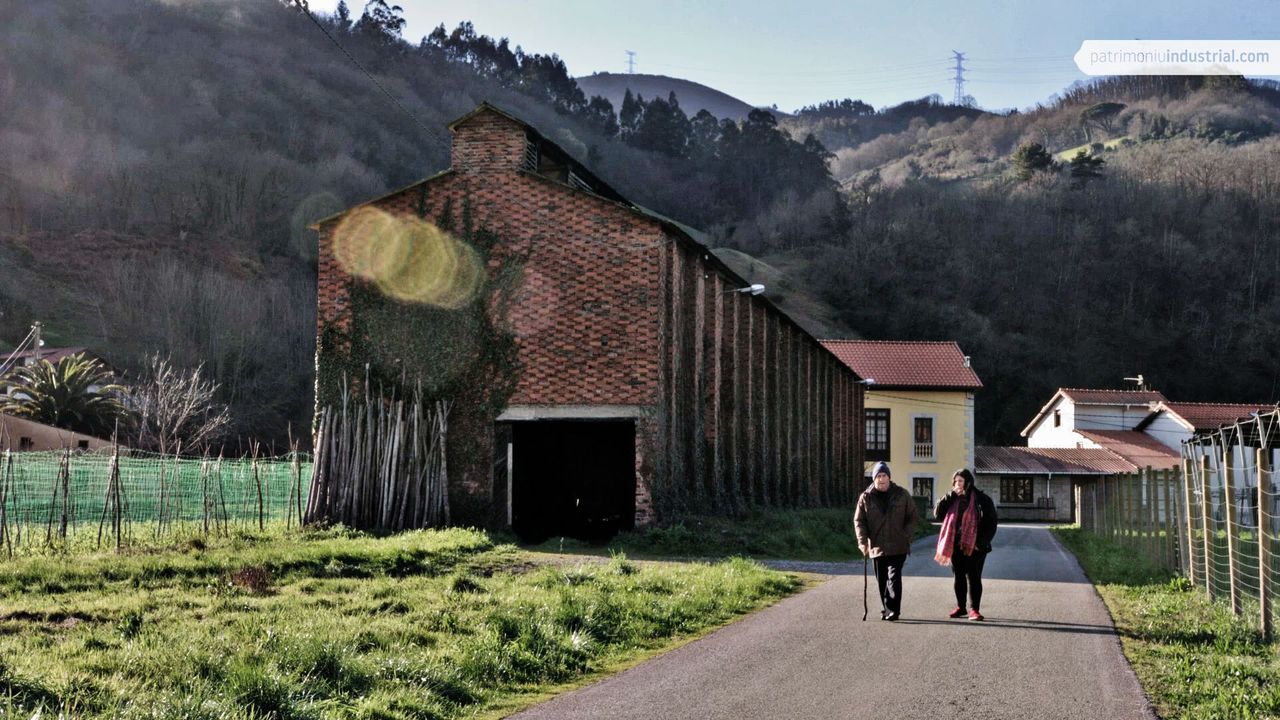

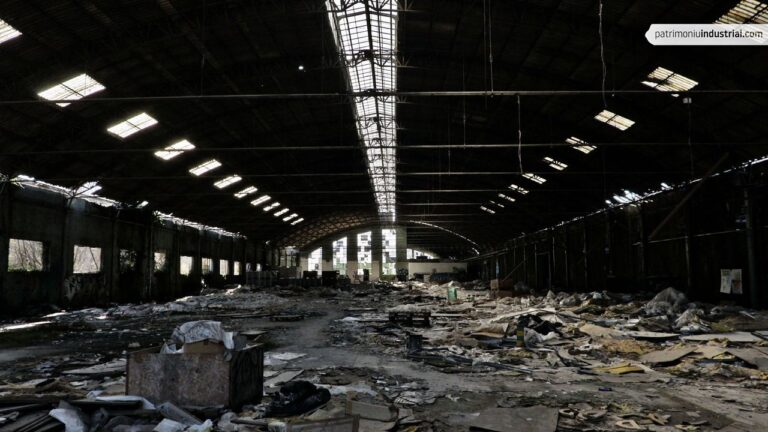
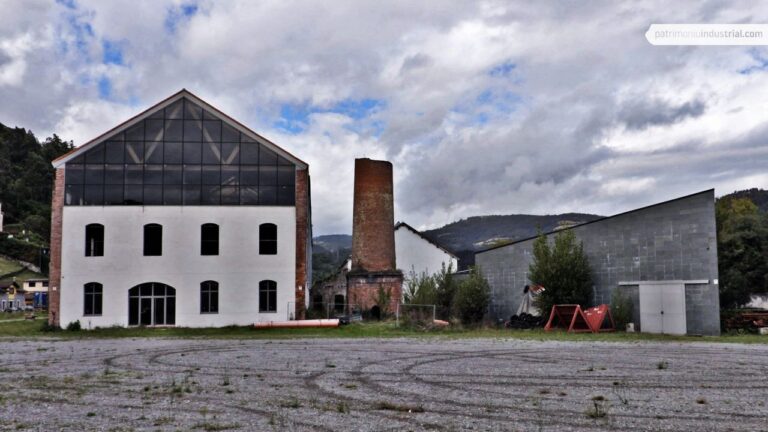

Recent Comments